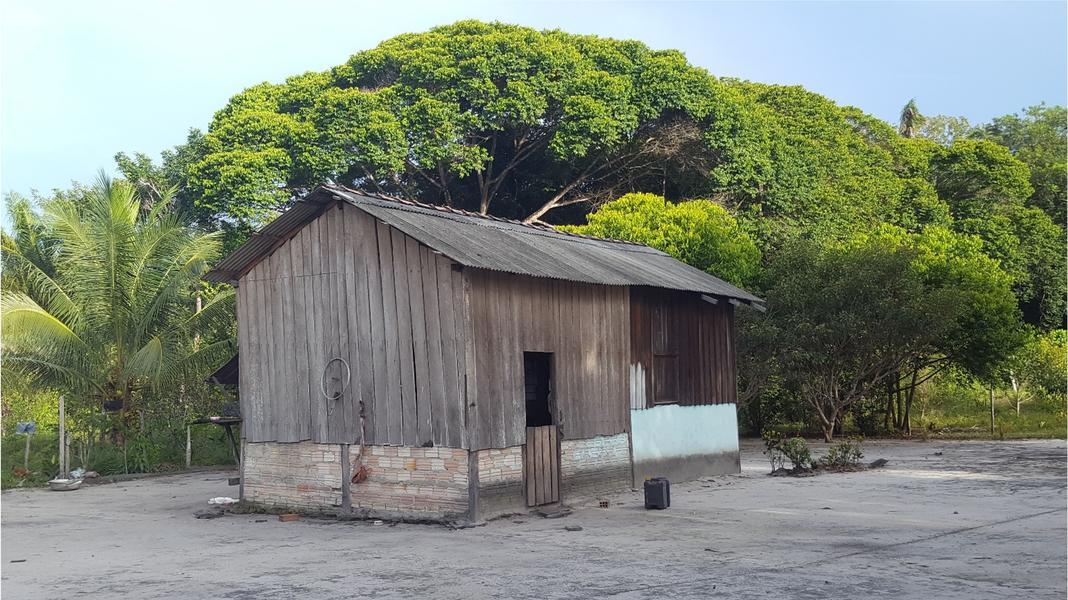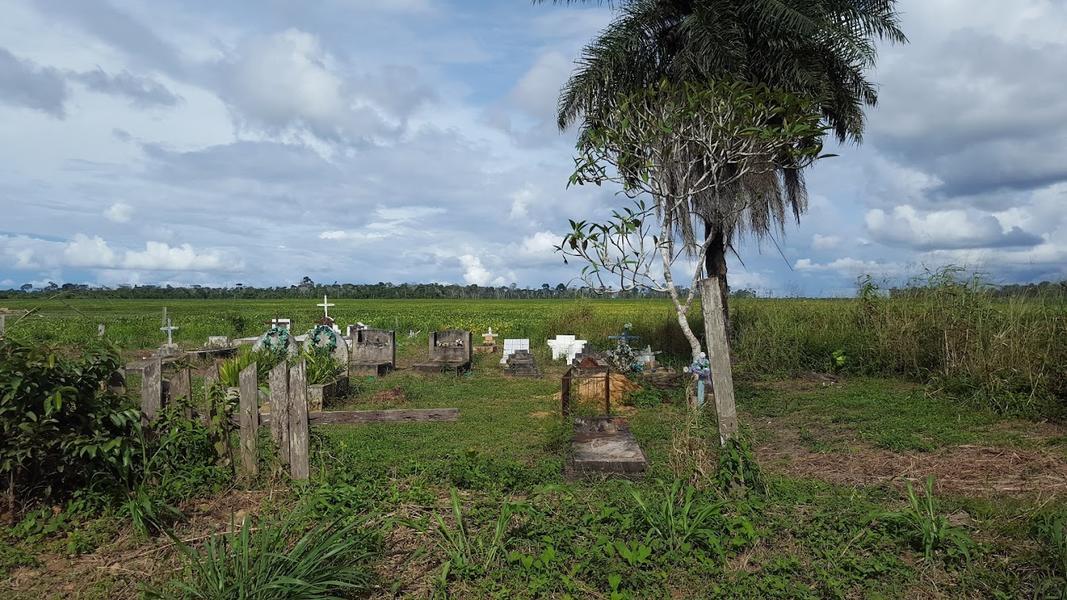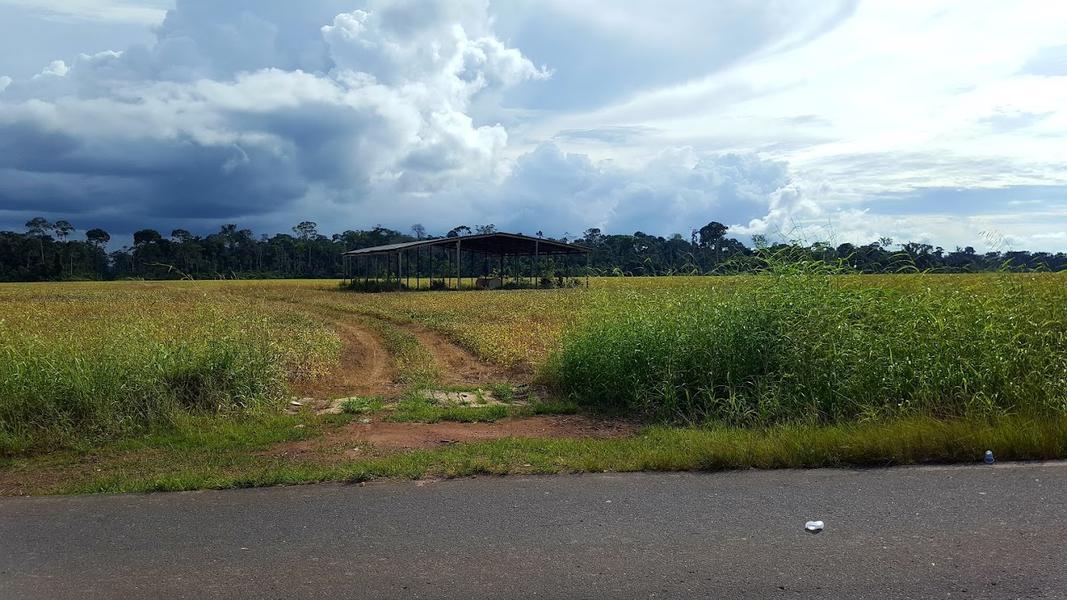Blog Ask the Researchers: How do land sparing vs. land sharing interventions influence human wellbeing?

A recent study published in People and Nature focuses on how land use approaches impact human wellbeing. Read our conversation with two of the leading authors, Rachel Carmenta (University of East Anglia) and Natalia Estrada Carmona (Alliance of Bioversity and CIAT):

Q: Before we get into the details of the research, can you explain the terms “Land sparing” vs. “Land sharing”, and how these relate to your research?
RC: Land sharing and land sparing is a framework often used to assess how different land management strategies impact biodiversity and agricultural yields.
Specifically, it looks at the relationship between agricultural yield and species response curves, asking: do species do better in landscapes where agriculture is intensively concentrated and managed in certain patches, sparing land for nature elsewhere (ie, land sparing)? Or do species do better in landscapes that are composed of a mosaic distribution of low-intensity agriculture peppered through a ‘natural’ landscape that provides a biodiversity-friendly matrix (land sharing)?
One of the invisible factors in the spare debate is how those strategies impact people living in the landscapes. Some have argued that a more ethical and just approach should focus on the people – and that perhaps doing so can move the scientific community beyond the ‘false dichotomy’ of Sharing vs. Sparing. With this in mind, we put people at the center of our research and assessed the impact of contrasting interventions across the sharing vs. sparing spectrum on locals’ human wellbeing.


Inside sustainable use reserves (Brazil): People practice small-scale agriculture and live predominantly in homes made of wood and palm thatching. These subsistence livelihoods are directly connected to the surrounding landscape.
Photos: Rachel Carmenta
Q: Your new paper discusses the importance of “integrated interventions” in conservation of tropical landscapes. Can you explain what are integrated interventions, with an example?
RC: Integrated forms of conservation recognize that people and nature can co-exist in the same landscape, with more respect for cultural and agricultural traditions and an emphasis on collaborative, cross-sectoral efforts.
These approaches try to integrate different needs within a landscape (conservation, agriculture, climate change mitigation), rather than pursue single-sector, or ‘siloed’ goals. For instance, sustainable use reserves attempt to do this with clear rules about resource use for conservation purposes, land rights granted, small-scale diversified and sustainable agriculture allowed, etc.
However, we know little about how these interventions perform on multi-dimensional wellbeing, partly because the sharing-sparing focus measures different things (ie, yield and species responses), and partly because usually social impact, when included, involves only the material dimensions of peoples' wellbeing.


Elsewhere intensive agriculture dominates the landscape. Communities that formally held small-scale agriculture plots are no longer farming the region, and community assembly houses and graveyards are now surrounded by a sea of soy.
Photos: Rachel Carmenta
Q: What is an example of the opposite, a single-sector intervention?
NEC: The clearest examples of this are high-input conventional agriculture and strict protected areas. High-input conventional agriculture aims to maximize yields for commodities (often one crop only) and theoretically squeeze more units of yield out of a given area. With “less” land allocated to agriculture, more land would be spared for nature through strict protection, where people (often indigenous peoples) are banned from resource use or residing within the area, and land is ‘protected’ for nature alone.
More evidence is contesting the assumptions behind these types of interventions, and more robust performance assessments are also contesting the often-assumed outstanding performance. When other aspects are considered, such as the impact on human health and ecosystems in the short and long term, changes in yield over time, species mobility, and the production from other companion crops, conventional agriculture does not necessarily outperform integrated / diversified / low-input systems, particularly in the long-term.
Q: So the finding, if I understand correctly, is that human wellbeing does better integrated interventions?
RC: Yes, that's right. We looked at how these interventions impact locally salient human wellbeing. The key findings are threefold, and each relates to people more than the conservation status, agriculture performance or biodiversity in the landscape (which have been measured elsewhere).
- First, by asking what matters to people, we demonstrate that the longstanding focus of impact appraisal on material things in peoples’ lives (e.g. income) is at odds with what people care most about. Material aspects of human wellbeing are of less or equal importance as the relational (“family”, “friends”, “connection with nature”) and quality of life (“good food”, “good land”) aspects of human wellbeing.
- Second, by asking how the interventions affected what matters the most to people, we demonstrate that integrated interventions have more impact, and what’s more – more of that impact is positive. Meanwhile, single sector – or land sparing interventions - have less impact, and more of that is actually negative.
- Third, we find a dominance of null impact across all interventions, meaning that interventions can be better co-designed with local communities to be locally relevant and bring significant benefits. This finding also suggests that interventions are one drop in a sea of influences - for example, political economy - that impact peoples' lives.
Overall, our research joins previous evidence showing the flaws of the land-sparing debate, particularly on how these rather simplistic interventions can negatively impact people. Our research also calls for decolonial conservation and development interventions by co-designing, co-implementation, and co-assessing impact. This will require asking people who are impacted: how have they been impacted, and which types of impacts are most salient, and what types of futures do they want to see in their landscapes and territories?
Q: What do these findings mean for other researchers, especially across international organizations working on conservation and agriculture for development?
RC: The findings support the growing recognition of the need for integrated, systems- and multidisciplinary- approaches that can sustainably and equitably govern natural resources and landscapes for society, climate and conservation outcomes. It also supports the ecological economists and other rogue economists who have been arguing that material metrics of wellbeing are insufficient, and finally, it finds traction with the many voices calling for a decolonial approach to conservation and development challenges.
Q: How do you think sustainable development organizations and other conservation actors can apply this research for better impact?
RC: Our research can support initiatives by generating the evidence that will help navigation towards positive impact on people and nature. Also, it can help to adopt bottom-up impact assessments that include the relational and subjective dimensions of peoples’ wellbeing, not only the material. Similarly, it can support holistic and systems-oriented research, combining agricultural and ecological assessments with wellbeing ones to understand trade-offs and synergies. Last but not least, this can motivate other researchers to improve, test, expand and apply our methods in other regions.
Keep Reading
"The comparative performance of land sharing, land sparing type interventions on place-based human well-being" was published in People and Nature.
or, from Relational Thinking:
